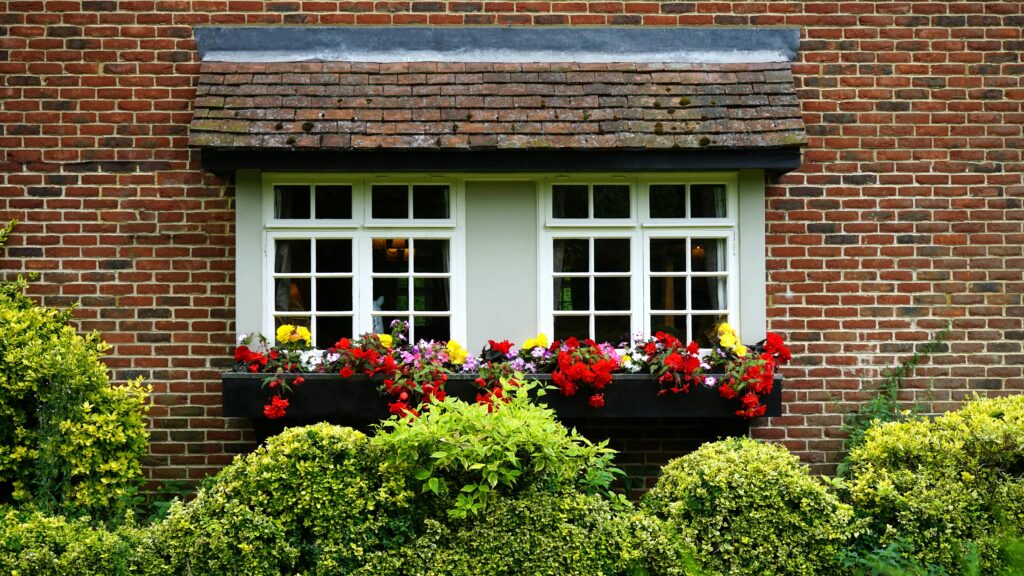Propagation lets you turn one plant into many, adding beauty and variety without extra cost.
With a few simple steps and a little patience, new growth soon takes root. Each success brings a sense of achievement and a garden that feels truly your own.
Discover the Principles of Propagation
At the heart of propagation lie two simple pathways: sexual and asexual reproduction.
Sexual reproduction begins with seeds, a blending of genetic material that often results in charming surprises. Tomatoes grown this way carry unexpected sweetness, and marigolds emerge with streaks of new colour.
Asexual reproduction, on the other hand, delivers a faithful replica of the parent. A stem cutting from rosemary will grow into another rosemary plant, identical in its fragrance and habit.
Division of clump-forming perennials like daylilies achieves the same certainty. Layering, where a pliant branch is bent down to touch the soil while still attached to the parent, works wonders for ivy or jasmine.
Each route has its advantages, so the choice depends on whether novelty or certainty feels more appealing. Together, they create opportunities to expand both diversity and stability within a garden.
Choose Plants That Match Your Setting
Success begins with choosing the right plants for both the local climate and your confidence level.
Beginners thrive with forgiving choices such as spider plants or pothos, both of which root readily in water or soil. Succulents too deserve a place on the list, as their fleshy leaves sprout roots with little encouragement when pressed into damp compost.
Herbs offer another gentle starting point. Mint, oregano, or basil can be propagated from simple stem cuttings taken in spring or early summer.
For perennials, hostas and astilbes respond well to division, rewarding the gardener with extra plants to brighten shaded corners. Even African violets, when started from a single healthy leaf, can grow into a cluster of blooms.
Matching plants to local conditions makes a world of difference. Lavender, for instance, will only reward your efforts if offered well-drained soil and plenty of light, while ferns prefer cooler, shaded spaces.
Over time, the knowledge of what thrives in your setting becomes second nature.
Time Your Efforts with the Seasons
Timing holds a quiet power in propagation.
Spring is typically the best season for most plants, as rising light and warmth encourage root activity. Houseplants respond well to early summer propagation, when daylight hours are generous and temperatures are steady.
Not all species follow the same rhythm, though. Woody herbs such as thyme and rosemary can respond more readily to cuttings taken in autumn.
In Mediterranean climates, winter provides the perfect conditions for plants accustomed to damp, cool weather. In contrast, cold snaps and lingering frosts in the UK make it best to delay most propagation until after mid-April, when soils reliably begin to warm.
For tender species such as pelargoniums, using a heated propagator or a sunny indoor windowsill can extend the season and help avoid losses.
Early mornings offer an extra advantage, as plants are fully hydrated from the night’s rest.
Taking a cutting when stems and leaves are brimming with moisture makes success more likely, and patience at this stage is usually repaid with strong, healthy roots.
Gather Tools and Create the Right Medium
Successful propagation doesn’t require elaborate equipment, yet a few well-chosen basics make the process easier and more reliable.
Start with clean, sharp secateurs or scissors, as these reduce damage to cuttings and lower the risk of infection. To safeguard each plant, wipe the blades with a diluted disinfectant after every use, ensuring no hidden diseases are transferred.
For containers, there’s no need to spend much—many gardeners repurpose yoghurt pots, jars, or ceramic dishes, provided they include drainage holes at the base.
Transparent vessels are particularly helpful for water propagation, as they let you watch roots develop like pale threads twisting delicately through glass.
Equally important is the growing medium itself. A mix that balances drainage with moisture retention creates the right conditions for root growth.
Perlite, vermiculite, or sand combined with compost keeps the structure airy yet nourishing, and a light sprinkling of grit on the surface helps deter mould.
Explore the Main Methods Step-by-Step
Though the terms sound technical, the methods are simple with a little practice, and each one rewards patience in its own way.
Stem Cuttings
Select healthy stems and cut them just below a node where roots naturally form. Remove the lower leaves to prevent decay and place the cutting either in water or directly into moist compost.
Consistent humidity is key, so cover lightly with a clear plastic dome or mist daily. Basil, coleus, and geraniums are quick to reward this effort with vigorous new growth.
Division
Division works best for perennials that naturally form clumps. The plant is gently lifted, its roots teased apart, and each section replanted with both shoots and roots intact.
Hostas and daylilies are excellent candidates, rewarding the gardener with new plantings that settle quickly into borders.
This technique not only multiplies plants but also rejuvenates tired clumps, giving them renewed energy.
Layering
Layering makes use of a plant’s instincts. A flexible branch is bent to the ground, secured with a stone or wire, and lightly covered with soil.
Roots form where the stem touches the earth, and once established, the new plant can be separated from the parent and transplanted.
Roses, honeysuckle, and wisteria respond beautifully to this approach, filling the garden with additional climbers in time.
Nurture Young Plants and Avoid Common Mistakes
Tender new plants need steady attention.
A clear cover or glass jar can help keep the atmosphere moist, but it should be lifted daily to prevent mould. The soil should feel like a damp sponge, never soggy. Morning misting provides just enough refreshment without overwhelming delicate roots.
Lighting is equally important. A bright windowsill with filtered sunlight is ideal, offering warmth without harsh rays.
In addition, checking for resistance when gently tugging a cutting tells you whether roots have begun to form. Softer stems such as mint may root within three weeks, while firmer species like rosemary require twice that time.
The greatest mistakes in propagation usually stem from impatience. Transplanting before roots are ready or overwatering in the hope of speeding growth often slows progress instead of helping it.
Choosing strong, disease-free parent plants from the start prevents disappointment, and regular care, including the option of a garden maintenance service, keeps your stock in prime condition throughout the year.
A little restraint at this stage leads to stronger, more resilient specimens, each prepared to carry the garden into its next season.
Conclusion
Clean tools, simple containers, and the right medium make all the difference. With these in place, propagation becomes an easy and rewarding way to grow more plants.
In time, you’ll see each cutting flourish into a healthy new addition to your garden.






